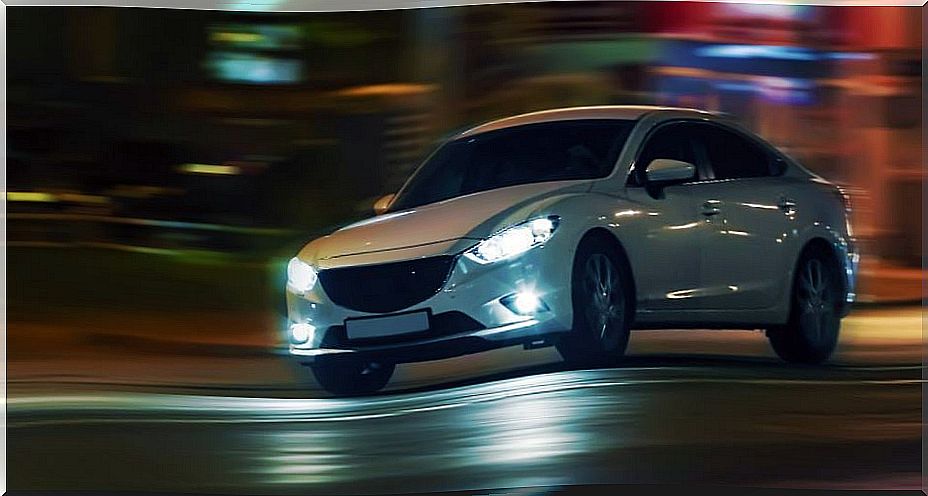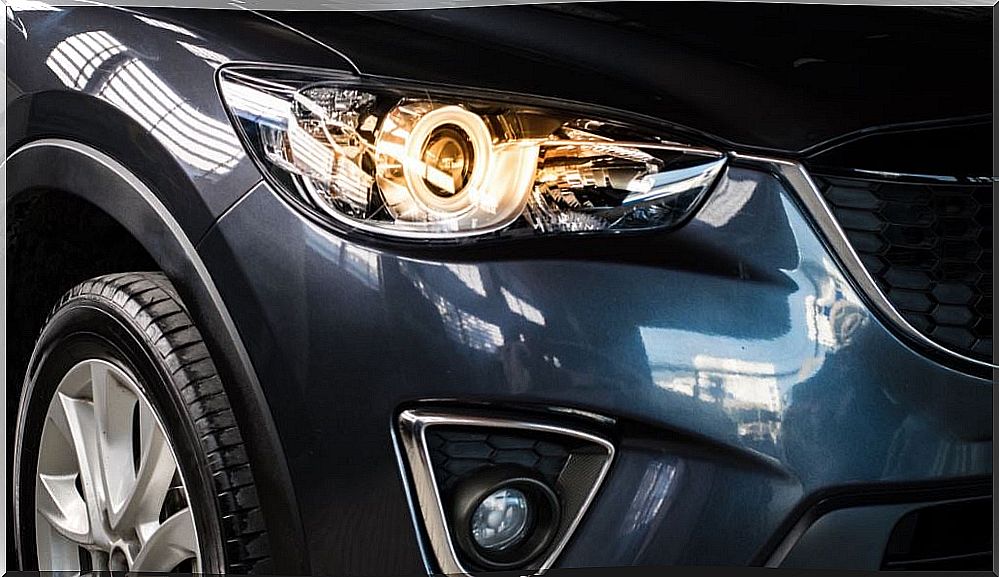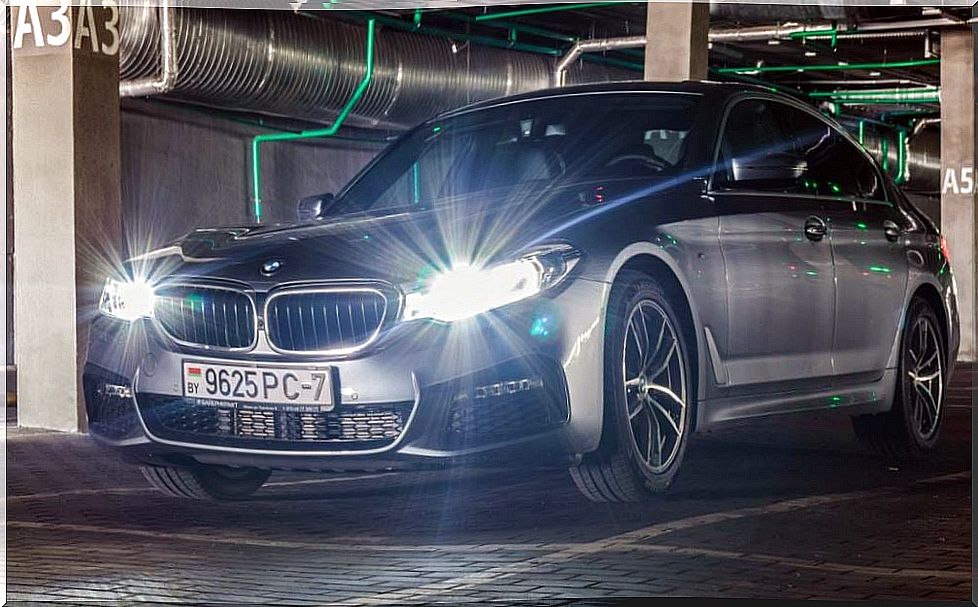What Cars Have The Best Adaptive Headlights?

Adaptive headlights are gradually making room within the automotive market. Although their generalization is still a long way off, they are a factor that more and more buyers take into account when choosing a new car.
After all, driving at night represents a difficult time for many people. There are those who even choose not to do so, except in cases of force majeure. Additionally, statistics show that about 30% of road accidents take place during periods without sun.
Automotive Technology: Advances at Full Speed
Technological innovations within the motor sector seem to have no limits. The race at the moment is focused on who gets the first fully autonomous driving car. Even the search for flying vehicles seems to be in the background.
Meanwhile, drivers have some systems that point towards automation. Technological developments that also seek to provide all driving experiences with the highest possible levels of safety.
LED lights and Laser headlights. The future of lighting in cars?
Specialists in automotive development point out that LED lights represent part of the present and the future. However, they conclude that its generalization among new cars is still a long way off. This is mainly due to the fact that halogen or xenon lamps are up to 5 times cheaper.

Where LED technology does stand out is in durability. While incandescent lamps and those that operate with gas discharges have a useful life that varies between 500 and 600 hours, LEDES reach 20,000 hours of operation. At the same time, they require approximately 60% less energy.
Much more expensive still are laser headlights. Although they provide a much more powerful light source, their cost is prohibitive. In addition, while its use in high beams is highly satisfactory, in terms of low beams they still have a lot to improve.
Adaptive headlights, goodbye to manual light changes
The basic premise of adaptive headlights is to provide drivers with the best possible lighting for any given moment. It is a no-brainer to mention that driving conditions will never be the same in urban environments as they are on highways or highways.
Also known as intelligent lighting systems, they made their appearance on the market in the distant 2007. The first companies to bet on this improvement were Mercedes Benz, BMW, Opel, Peugeot and Land Rover.
To regulate the intensity of the light emitted, the camera and the sensors that this technology uses take into consideration parameters such as the amount of ambient light (whether natural or artificial). Also the speed at which the vehicle is moving, the type of route, the turning angles, the presence of other cars and the weather conditions.
A controversial system
Despite its advantages, for some drivers adaptive headlights represent a system that is still far from perfect. Only what has been achieved by the dynamic lighting of the latest generation of the Mercedes Benz E-Class has generated no objections.
In some cases, this system is known under the denomination of Multibean LED, it consists of 84 LEDs in each optic. For some, the software that controls this detailed lighting system is more impressive than the modern infotainment equipment included in this car.

Currently, models such as the Volvo XC 90 or the BMW 7 Series, have adaptive headlights that, in the opinion of some users, “dance excessively” or are “insecure”. On the other hand, in cars like the Opel Mokka X or the Audi Q7, it bothers those who drive in the opposite direction.
Complaints from drivers of large vehicles
Truck or bus drivers often complain that smart lighting systems only take into account small cars.
The height of the driving positions in these vehicles is higher compared to the bumpers, compared to passenger cars. The same is true if you compare it to SUVs, Pickups, or vans. This causes that the lowest intensity points of the headlights are always located below the line of sight of these drivers. They almost always end up receiving the headlights of the cars that come from the front at their maximum intensity and without dimmers.









